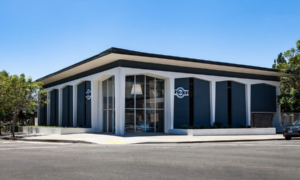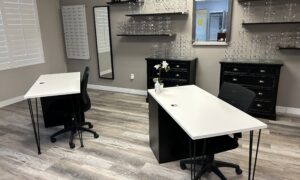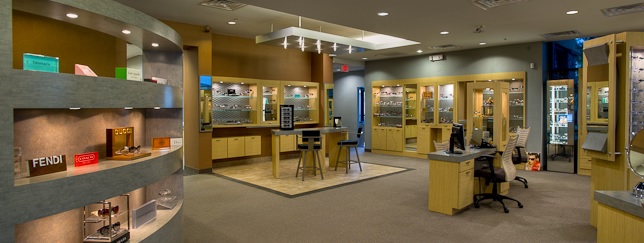
Dr. Krivacic’s practice has realized significant cost savings over time by taking steps that often take little effort for big returns, like batching optical and contact lens orders.
By Ken Krivacic, OD, MBA
Feb. 15, 2017
The goal of any sustainable business, including an optometric practice, is to make a net profit while providing excellent patient care. My practice continually seeks ways to increase our net, and there are two ways to do it: Increase revenue faster than costs, or reduce costs relative to revenue.
In our practice, our cost-cutting initiative comes in three sizes.
Small: Easy-to-implement cuts with relatively little cost to the practice, providing small savings.
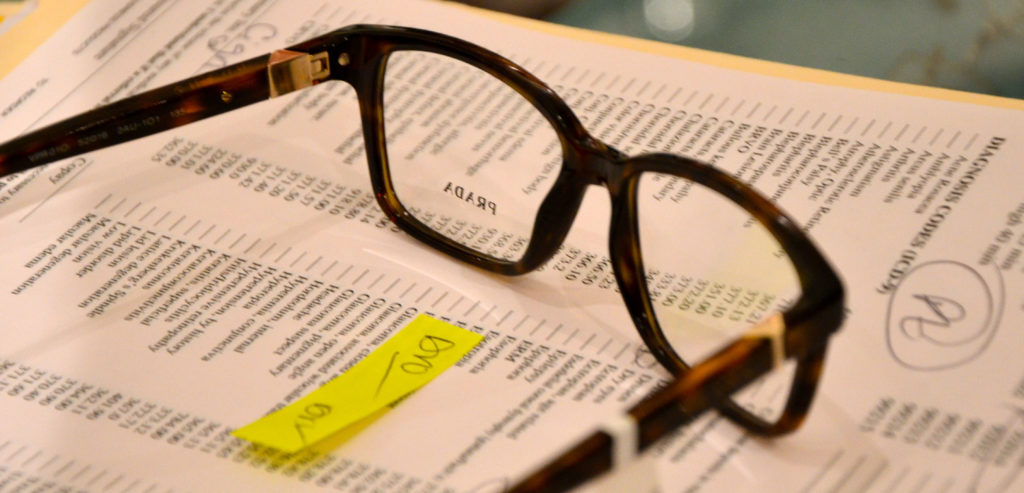 Batch your contact lens/frame orders
Batch your contact lens/frame orders
If you order contacts for your patients, and they return to your office to pick them up, you are paying a shipping fee. In our office that fee is around $6 per order.
If you have five orders per day, that adds up to $30 in shipping if you placed each order separately. To extrapolate even further, it would lead to $600 per month ($30/day x 20 days/month), or $7,200 per year. Small things can add up. Many years ago, we decided to batch orders and place one order at the end of each day. What are the cost savings? You save $24 per day ($6 versus $30), or $480 per month, and $5,760 per year. Our yearly cost is reduced to $1,440, saving us $5,760 a year.
This strategy can also be applied to frame orders.
An alternative is to stock contact lenses and dispense from stock, therefore, saving shipping costs, or offering direct ship to patients with the patient paying the shipping fees.
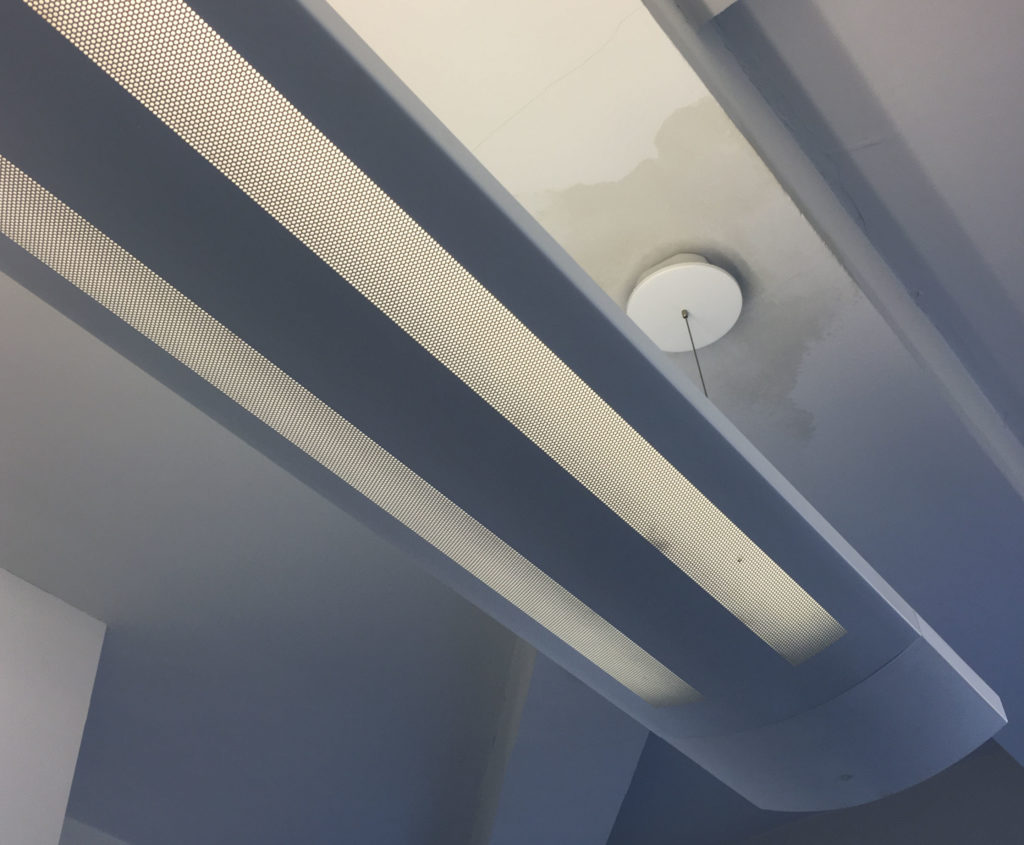 Cut your utility bill
Cut your utility bill
Nellie Akalp in Forbes magazine writes that small business owners can save tens-to-hundreds of dollars per month by paying closer attention to their utility bills.
How do you do that?
One option is to replace a basic thermostat with a programmable one. During business hours it can be programmed for maximum comfort for both patients and staff. After hours it can be programmed to maximize savings. This may not sound like much, but a reduction of $100 per month can pay off in the long run. Akalp also recommends turning off all non-essential equipment and lights after hours to reduce costs.
Switch to LED lighting: Incandescent light bulbs are being obsoleted by LED bulbs that use dramatically lower amounts of energy and provide truer light that produces no heat. LEDs once were expensive, but costs have plummeted, and the bulbs last many years longer than incandescent light bulbs.
Medium: Reducing labor- and time-intensive actions provide greater cost cuts.
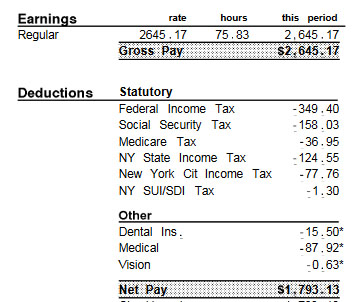 Outsource ongoing, non-essential functions
Outsource ongoing, non-essential functions
We outsourced payroll several years ago. After a few missed deadlines and errors on tax computations, we tired of the extra work to fix the errors and the penalties and interest that accompanied missed deadlines.
For each month, or partial month, you are late filing Form 941, the IRS imposes a 5 percent penalty, with a maximum of 25 percent. This penalty is a percentage of the unpaid tax due with the return. The IRS also tacks on a 0.5 percent tax for each month, or partial month, you pay the tax late.
For a small office with few employees, outsourcing probably doesn’t lead to savings, but for offices of ten or more employees, outsourcing can more than pay for itself.
Take advantage of early pay discounts
Most vendors offer you a discount if you pay early. The discount is usually small, generally around 2 percent, but this can add up over time. In an average optometric office, with yearly revenues of $600,000, the average cost of goods would be 30 percent, or $180,000, per year. If you could reduce that by 2 percent merely by paying early, you would save $36,000 per year.
This strategy sounds simple, but there is a catch. You have to manage your cash flow, and make sure you have the funds to cover the early payment. Starting this strategy may be a squeeze in the beginning, but once you do this regularly it becomes easy and profitable.
Big: Big Ideas and strategies can provide the greatest cost savings.
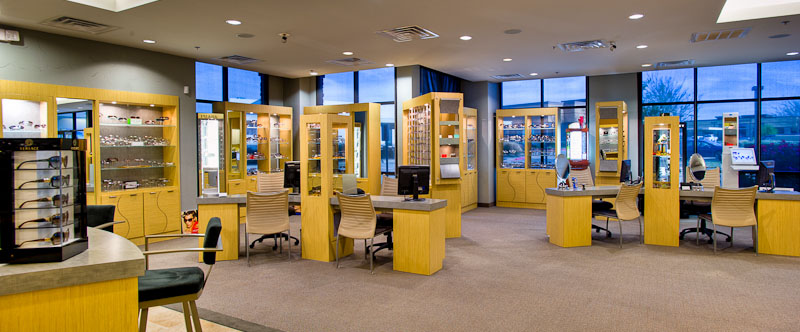 Buy a Building
Buy a Building
We purchased a building about 10 years ago, and so far, it has paid off in cash flow and future earnings.
We went from a 3,600-square-foot leased space to a 5,200-square-foot space that we own (or, technically, the bank does until we pay off the mortgage loan). Our monthly rent stayed virtually the same. But with a larger space, we have been more productive due to an expanded optical department. We were also able to hire another full-time doctor to increase revenues. The other advantage is now we are essentially paying ourselves, rather than a landlord. Like owning a home, we are building equity with each monthly payment, and have the option of eventually selling the property.
Stick to a budget
Setting a budget is neither exciting, nor easy, but if you do it, and stick with it, profits can be increased on a monthly and yearly basis. A budget forces you to evaluate your practice and set limits on how much you commit to spend in an expense category. This helps you decide if you can afford that new piece of equipment or expand your staff.
If we use our example of the average optometric practice that has yearly revenues of $600,000, and we don’t have a budget, cost-saving opportunities can slip away in small steps. Let’s say the doctor owner doesn’t believe in making and sticking to a budget and likes to stock his/her practice with the latest frames and contact lens, what could possibly go wrong?
Let’s also assume they only went over their non-existent budget by 2 percent. The math shows us that a 2 percent increase in the average (30 percent) cost of goods would lead to a $12,000 increase in what was paid over the year versus the doctor/owner who stuck to a budget. Doesn’t sound too bad, but how likely is this owner to go over in other categories such as staff payroll or equipment costs? Small percentages across the board can lead to much bigger changes.
A budget helps reduce the tendency to over-spend, and therefore, keep more profits in the practice.
There are numerous other cost-cutting strategies that can help a practice become more profitable. Send me an e-mail, or leave a comment at the end of this article, and I will share those ideas in a future article.
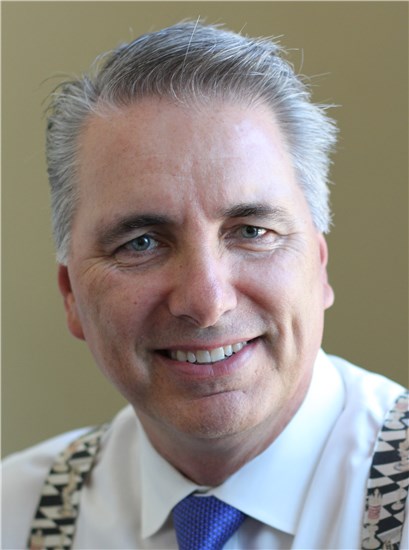 Ken Krivacic OD is the owner of Las Colinas Vision Center in Irving Texas. To contact him: kkrivacic@aol.com.
Ken Krivacic OD is the owner of Las Colinas Vision Center in Irving Texas. To contact him: kkrivacic@aol.com.

